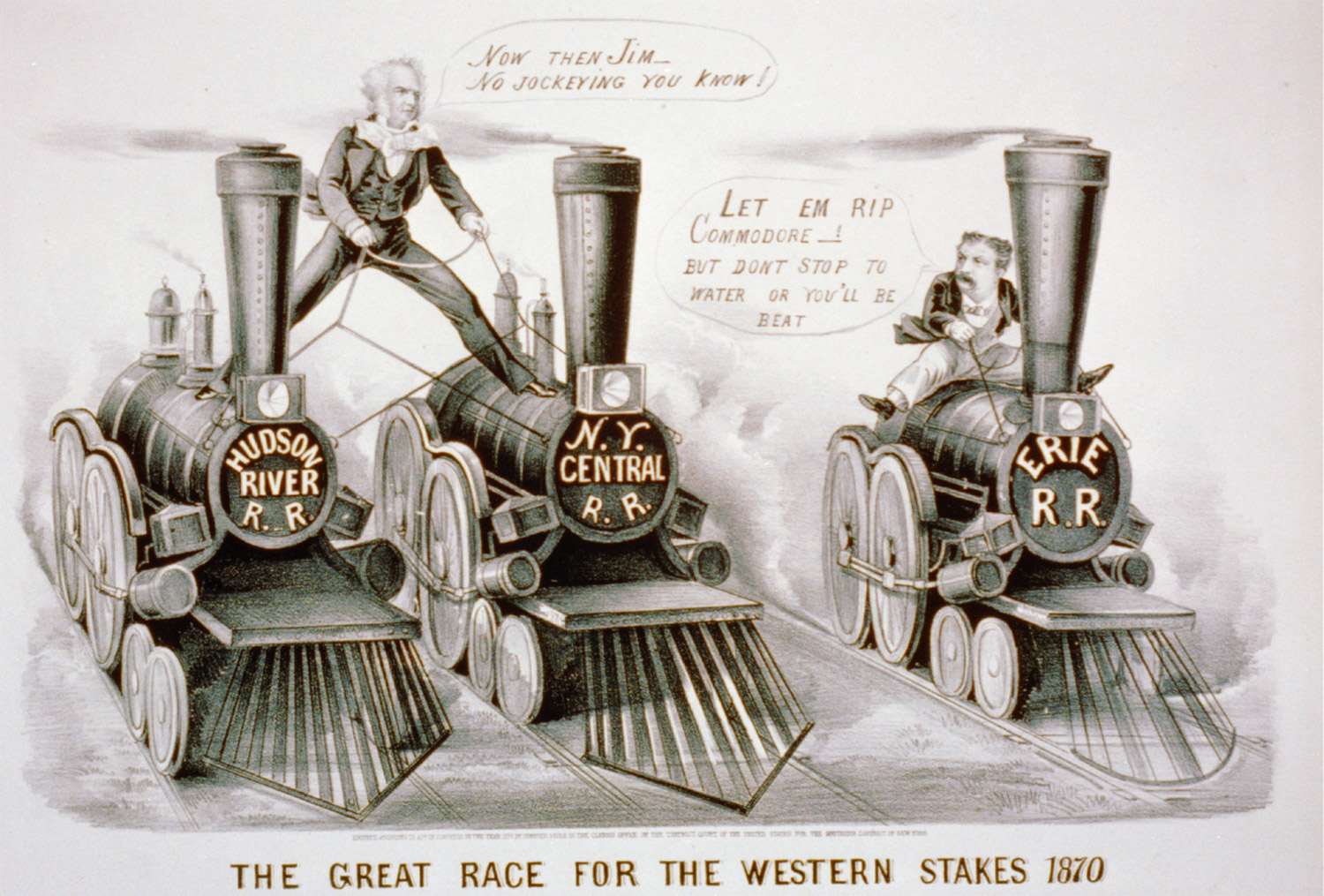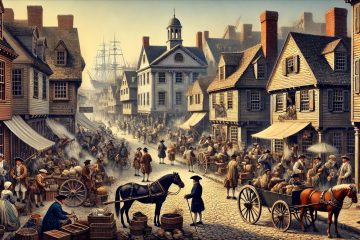 History of Business in America: Reconstruction & the “Gilded Age”
History of Business in America: Reconstruction & the “Gilded Age”
The period from 1865 to 1900 in the United States marked a significant era of economic growth, industrialization, and transformation. Here is an overview of business in America during this time:
Reconstruction Era (1865-1877): During the Reconstruction Era in the U.S., which spanned from the aftermath of the Civil War in 1865 to around 1877, the American business landscape underwent significant changes. The war had left the South’s economy in ruins, and the North’s industrial base had expanded considerably. This period marked a shift from an agrarian, slavery-based economy to a more diversified and industrialized framework. In the South, the abolition of slavery led to the emergence of sharecropping and tenant farming, replacing the plantation system
The Gilded Age (1877 to 1900): This time period, fueled by the progress of the Reconstruction Era and continuing to the turn of the 20th century, represents a complex and contradictory era in American history. Coined by author Mark Twain, the term “gilded” alludes to the outwardly glittering surface of the age, concealing underlying economic disparities, political corruption, and social upheaval. It was a time of immense industrialization and economic growth, with titans of industry like Andrew Carnegie, John D. Rockefeller, and J.P. Morgan amassing unprecedented wealth and power. Yet, this era was also marked by labor strife, as workers fought for better conditions and fair wages, often through strikes and protests.
Industrialization and the Rise of Corporations: The late 19th century saw a rapid shift from agrarian and small-scale artisanal production to industrial manufacturing. Industries such as steel, railroads, textiles, and oil production experienced tremendous growth. Large corporations emerged, dominating various sectors of the economy. Notable figures like John D. Rockefeller in oil and Andrew Carnegie in steel amassed enormous wealth and power through their businesses.
Expansion of Railroads: The expansion of the railroad network was a major driver of economic growth. Railroads facilitated the movement of people, goods, and raw materials across the country, connecting previously isolated regions. The completion of the First Transcontinental Railroad in 1869 was a significant milestone.
Labor and Working Conditions: The growth of industry and corporations led to the rise of factory-based production. However, labor conditions were often harsh, with long working hours, low wages, and unsafe working conditions. Labor unions, such as the Knights of Labor and later the American Federation of Labor (AFL), emerged to advocate for workers’ rights and improved conditions.
Technological Advancements: The late 19th century saw remarkable technological advancements. The development of the telegraph, telephone, and electric power distribution transformed communication and industry. Thomas Edison’s inventions, including the electric light bulb, had a profound impact on daily life.
Monopolies and Trusts: The era saw the growth of monopolies and trusts, where powerful corporations controlled entire industries. This led to concerns about unfair business practices, price manipulation, and the concentration of economic power. The Sherman Antitrust Act of 1890 aimed to curb anticompetitive practices.
Agriculture and Farming: While industrialization was transforming many sectors, agriculture remained a significant part of the American economy. However, farmers faced challenges, including falling crop prices and debt. The Populist movement emerged in the late 19th century, advocating for farmers’ interests and economic reforms.
Financial Innovations: The period saw the development of financial innovations, including the establishment of national banks and the adoption of the gold standard. The New York Stock Exchange (NYSE) grew in prominence as a center of financial activity.
Immigration and Urbanization: Immigration from Europe and Asia led to a significant increase in the urban population. Cities expanded rapidly, creating new opportunities for businesses and industries. Urbanization brought both economic growth and social challenges.
Consumer Culture: The growth of industry and urbanization contributed to the rise of consumer culture. Department stores, mail-order catalogs, and advertising played a crucial role in shaping consumer preferences and habits.
Regulatory Reforms: As concerns about labor conditions and business practices grew, there were efforts to introduce regulatory reforms. This period laid the groundwork for future regulatory agencies and legislation aimed at addressing various economic and social issues.
The period from 1865 to 1900 was marked by significant economic and social changes, with industrialization, technological innovation, and the growth of large corporations reshaping the American business landscape. It set the stage for the economic developments of the 20th century.
Main Image Source: Wikipedia Other: Wikimedia Commons


